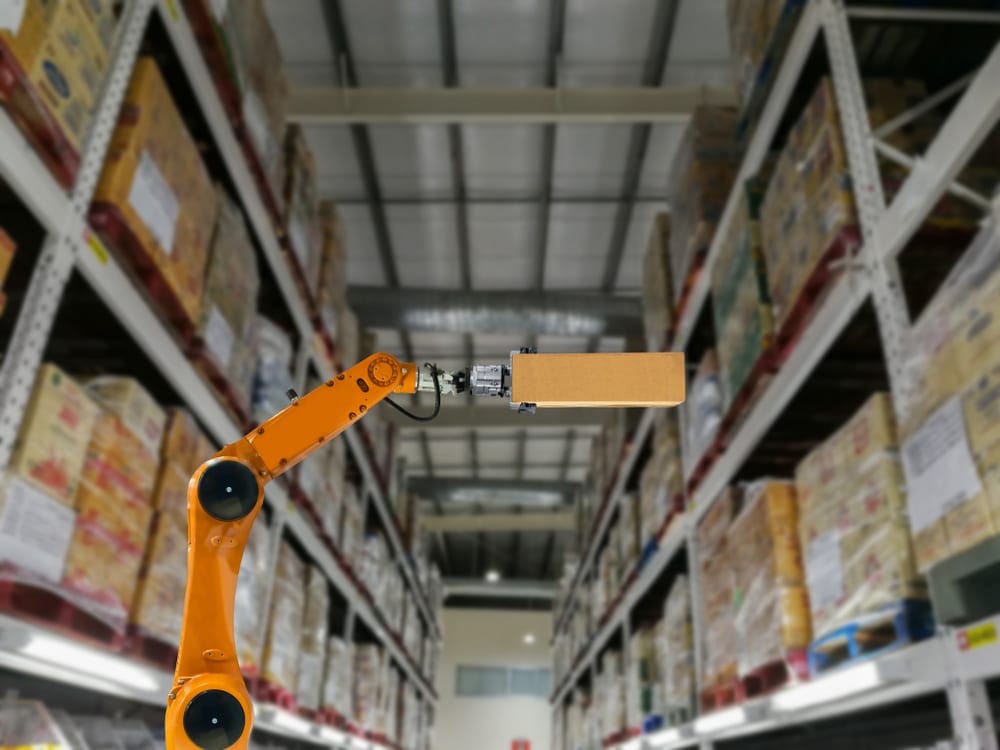In part one of this series, I examined the rise of equipment dealers over the past 100 years and the unique digitalization challenges they face. In this article, I will look at how new technology has transformed service and what the path forward for OEMs and dealers looks like using a common service language.
Complex Assets Require Complex Maintenance
As the technological advancement of products accelerated, manufacturers developed better and far more specific products using the latest hardware and software. Electro-mechanical controls transitioned to solid-state and software-controlled devices, and the maintenance, repair, and management of their assets became more and more complex. Hardware, software, firmware, parts and consumable SKUs expanded rapidly.
As a result, the number and types of equipment and asset failures grew in number and complexity. Manuals, technical job aids, schematics, and parts lists also grew exponentially. All in all, the life of a service technician changed from replacing physical parts like bearings, seals, and motors to being a computer, communications, and software support expert as well as a traditional mechanic.
Traditional error codes, problem descriptions, fault identifications, and triage dialogs were no longer sufficient for adequate management of complex assets. Parts ordering and inventories became far more complex and difficult to manage, and the sheer number of dealers, growth of install base, and variety of asset types over-burdened paper-based business management systems. And as a result of the wide variety of dealers, there has been a lack of consistent naming conventions across all dealerships. These hundreds of different formats for orders, invoices, and parts requests require manual intervention and management—and the administrative costs associated with manually processing this is huge.
Getting on the Same Page with a Common Service Language
Manufacturers are finding it increasingly more difficult to manage the wide variety of incoming paperwork, including paperwork that has been converted to a digital message but is in the same format as it has been for the last 30 years for that dealer. The multiple dealers, all attempting to modernize but all doing it at their own pace, have put an incredible burden on manufacturers as they also attempt to modernize. This has caused the manufacturers to attempt to reduce, consolidate, and better manage the dealer networks that they work with. Dealers, of course, are under pressure—wanting to remain part of the dealer network—and need to improve speed and accuracy of communications with the manufacturers in order to get paid faster.
The challenge in this is fairly obvious, while the manufacturer supplies the equipment, the relationship resides with the local dealer. Breaking that relationship can be very difficult for all parties and detrimental to future business. What is needed in this challenging environment is the development of a standard approach—or Common Service Language—that standardizes the formatting of data between manufacturers and all of their dealers. Getting all parties, in some cases more than 200 independent businesses, to agree to a common set of definitions, formats, and descriptions can be challenging, but far less challenging than trying to manually translate the thousands of pieces of data received from dealers over the course of a single day.
The advent of communications technology to digitally transfer this data, receive this data, and integrate it into existing systems allows for tremendous productivity improvement in back-office support and invoicing. It would streamline the order process, allow for a much faster and error-free provision of parts, and greatly improve invoice and service completion time to cash receipt for the dealers. This also greatly aids the manufacturers in reducing back-office accounting. Additionally, consolidating the asset information, standardizing the error condition codes, and streamlining the asset performance information that goes back to the manufacturer will provide a much better and more precise view of the condition of the asset in the field.
Being able to collect maintenance data on error codes, service failures, and what parts and services provided corrective actions to those issues would better arm field service technicians to fix equipment correctly the first time, driving higher productivity, first time fix rates, equipment uptime, and overall customer satisfaction. Better visibility would also allow for better research & development, allowing for product improvement, parts performance management, and a better overall customer experience.
Improving Visibility, Customer Experience & Data-Driven Revenue
So far, we have discussed the history, challenges, and opportunities that dealers and manufacturers have for improving the way that they collect, report, and standardize data. We have also discussed the improvements in back-office utilization, field service productivity, and research & development operational functions.
All of this would lead both the manufacturer and all of the dealerships to a much clearer, real-time view of the performance of the assets under their control. They would be able to see the condition of the asset and the work in progress in real time and manage both accordingly. In many cases, this new visibility would allow for dealers and manufacturers to proactively service customers even before the customer knew there was an issue. This new, enhanced visibility would also provide a common platform for the dealers and manufacturers to significantly improve their customers’ experience and the level of customer effort required to get things done. This opens up enormous opportunities to drive additional revenue.
Every consequence of improving the transfer of data leads to a better customer experience. Every increase in visibility gives the manufacturer and dealer the opportunity to improve the productivity of their operations. It is well known that happy customers buy more products and services. Customers who see improved service performance, greater equipment uptime, and greater economic output of the equipment they use, while watching the total cost of ownership/use decreasing, are far more likely to buy more products and provide references to other prospects to buy products. The adoption of a Common Service Language between manufacturers and dealers is the first step to enabling this digital transformation.


Share this: